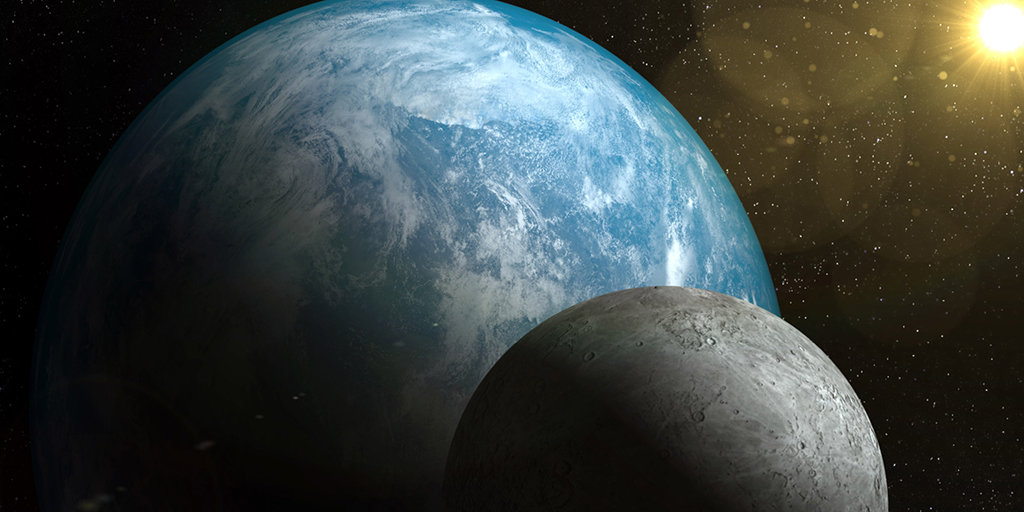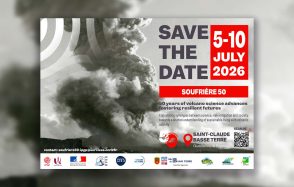The Moon, a very down-to-earth composition
Two researchers from the Institut de Physique du Globe de Paris and Université Sorbonne Paris Cité, Paolo Sossi and Frédéric Moynier, shed a new light on the origin of the Moon and its relationship with the Earth.

Publication date: 01/08/2017
Research
Related teams :
Cosmochemistry, Astrophysics and Experimental Geophysics (CAGE)
Related themes : Origins








